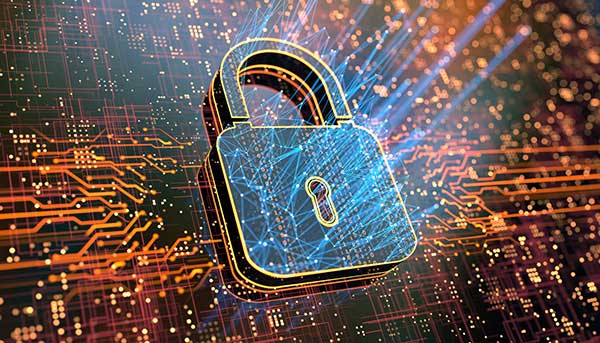Top Cybersecurity Practices to Protect your Business Today

February 22, 2024
SEB Marketing Team
With cyber threats constantly evolving in sophistication and frequency, companies must prioritize robust cybersecurity measures to protect their digital assets, maintain operational continuity, and uphold the trust of clients and stakeholders. A recent study found that the number of organizations experiencing breaches jumped 53% percent from two years ago in Canada. Cybersecurity is no longer a defensive measure—it’s a strategic imperative. By understanding the evolving threat landscape and enhancing cybersecurity measures, businesses can navigate the digital space with greater resilience, safeguarding sensitive data and maintaining the trust of clients and stakeholders. Let’s explore some practical strategies designed to bolster cybersecurity within organizations.
Employee Awareness Programs:
Cyber safety is the responsibility of every employee who accesses the internet. Human error remains one of the leading causes of cybersecurity breaches. For this reason, one of the most critical aspects of cybersecurity is ensuring that employees are well-informed and educated about potential threats and best practices. Upskilling employees requires implementing comprehensive programs that offer regular training and simulated phishing exercises to familiarize employees with common cyber threats such as phishing, malware, and social engineering attacks. Educating employees about common cyber threats fosters a culture of vigilance and empowers employees to recognize and report suspicious activities which can significantly reduce vulnerability to cyber threats.
Secure Access Protocols:
The cyber threat landscape is predicted to worsen. Ensuring that access is structured and limited safeguards sensitive data and systems from potential data breaches. Implementing strong access control protocols, such as multi-factor authentication (MFA), strong password policies, and role-based access controls (RBAC), can ensure that only authorized individuals are able to access confidential information. It’s also important to regularly review and update user permissions and privileges to align with changing business needs and personnel changes.
Regular System Updates:
Creating a cyber-aware culture also requires being vigilant about keeping software up to date. Outdated software and systems are prime targets for cyber attackers seeking vulnerabilities to exploit. It’s important to have a schedule to regularly update software and firmware as well as a robust patch management process that includes regular vulnerability assessments and timely patch deployments. Minimizing the risk of cyber-attacks and data breaches, deploying updates across the organization might occasionally cause disruption to productivity, but considering that many cyber-attacks can cost $7 million dollars on average, it is worth the effort.
Incident Response Plans:
Despite proactive measures, no organization is immune to cyber incidents. Developing a comprehensive incident response plan that outlines roles, responsibilities, and escalation procedures allows for effective management and mitigation of the impact of security incidents. An effective incident response plan should outline clear procedures for detecting, reporting, and responding to security incidents promptly, as well as communication protocols to notify relevant parties. Conducting regular tabletop exercises and simulations can help ensure that the incident response team is well-prepared to respond swiftly and decisively in the event of a breach.
Continuous Improvement:
Cybersecurity is an ongoing process that requires continuous monitoring, evaluation, education and improvement. Regular monitoring of network traffic and system logs for suspicious activities allows for detecting and responding to cyber threats in real-time. By identifying weaknesses and areas for improvement, organizations can address vulnerabilities and strengthen their defences against evolving cyber threats. Additionally, staying abreast of emerging cybersecurity trends, threat intelligence, certifications, and regulatory developments is essential for adapting security strategies to mitigate new risks effectively.
Safeguarding against cyber threats requires a multifaceted approach that encompasses employee awareness, access management, system hygiene, incident response planning, and ongoing improvement. By prioritizing cybersecurity and implementing these practical strategies, businesses can enhance their resilience against cyber threats, protect sensitive data, and maintain the trust of clients and stakeholders in an increasingly digital world.
For additional information on IT Security Solutions, check out resources from QLogitek, an SEB company.
Post navigation
Related Posts

3 Keys to Sustainable Excellence of High-Performance Teams
You spent a considerable amount of capital and time hiring the best engineers, the most…

Your 5-Point Generative AI Policy Checklist for HR and Tech Leaders.
C'est officiel : l'Intelligence Artificielle générative (IAg) n'est plus un concept futuriste—c'est un super copilote…

The Psychological Safety Re-Check: Why Even Top Teams Need a Periodic Vulnerability Audit
You’ve built a rockstar team. They hit their numbers and they crush their goals. Congratulations!…
